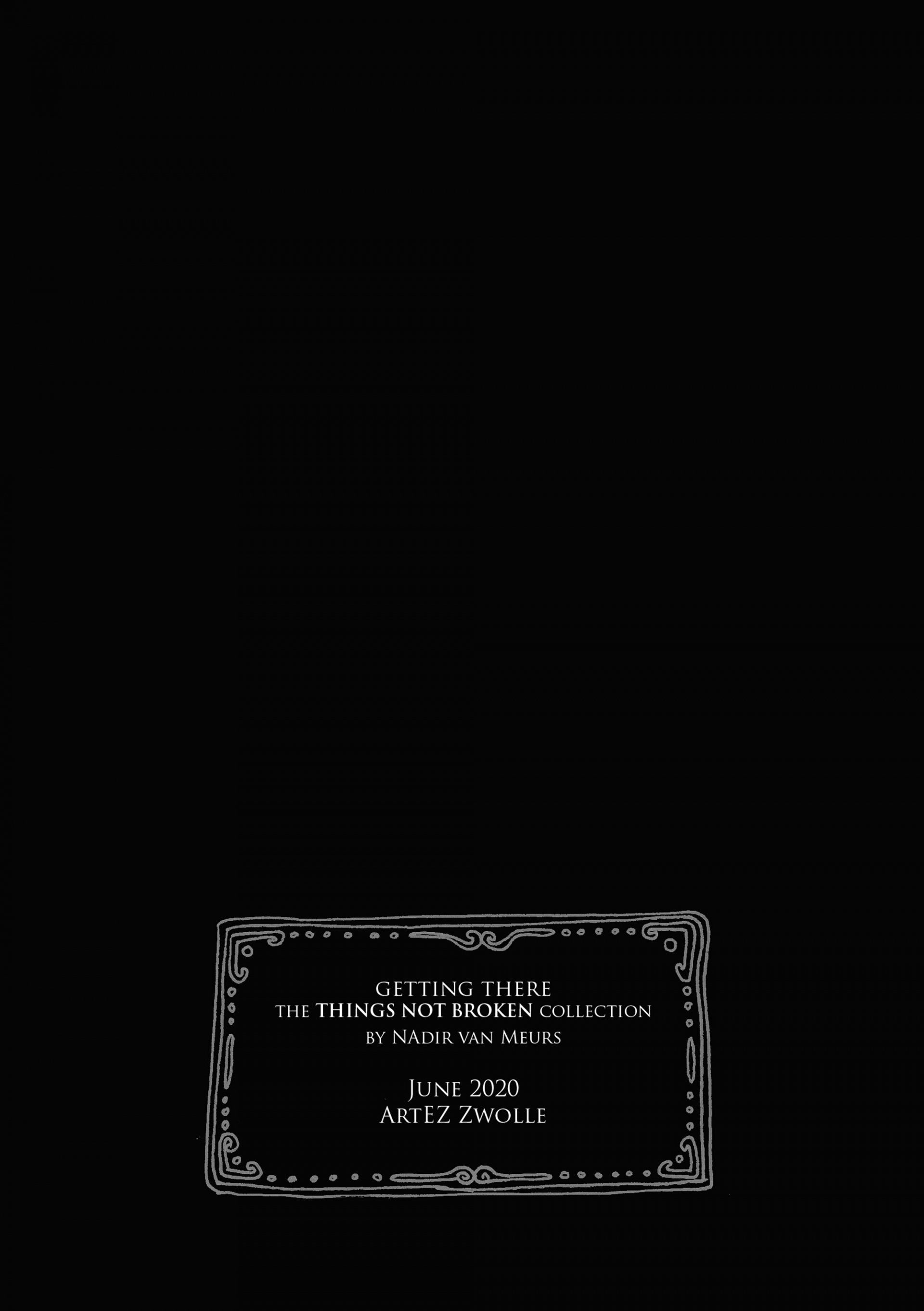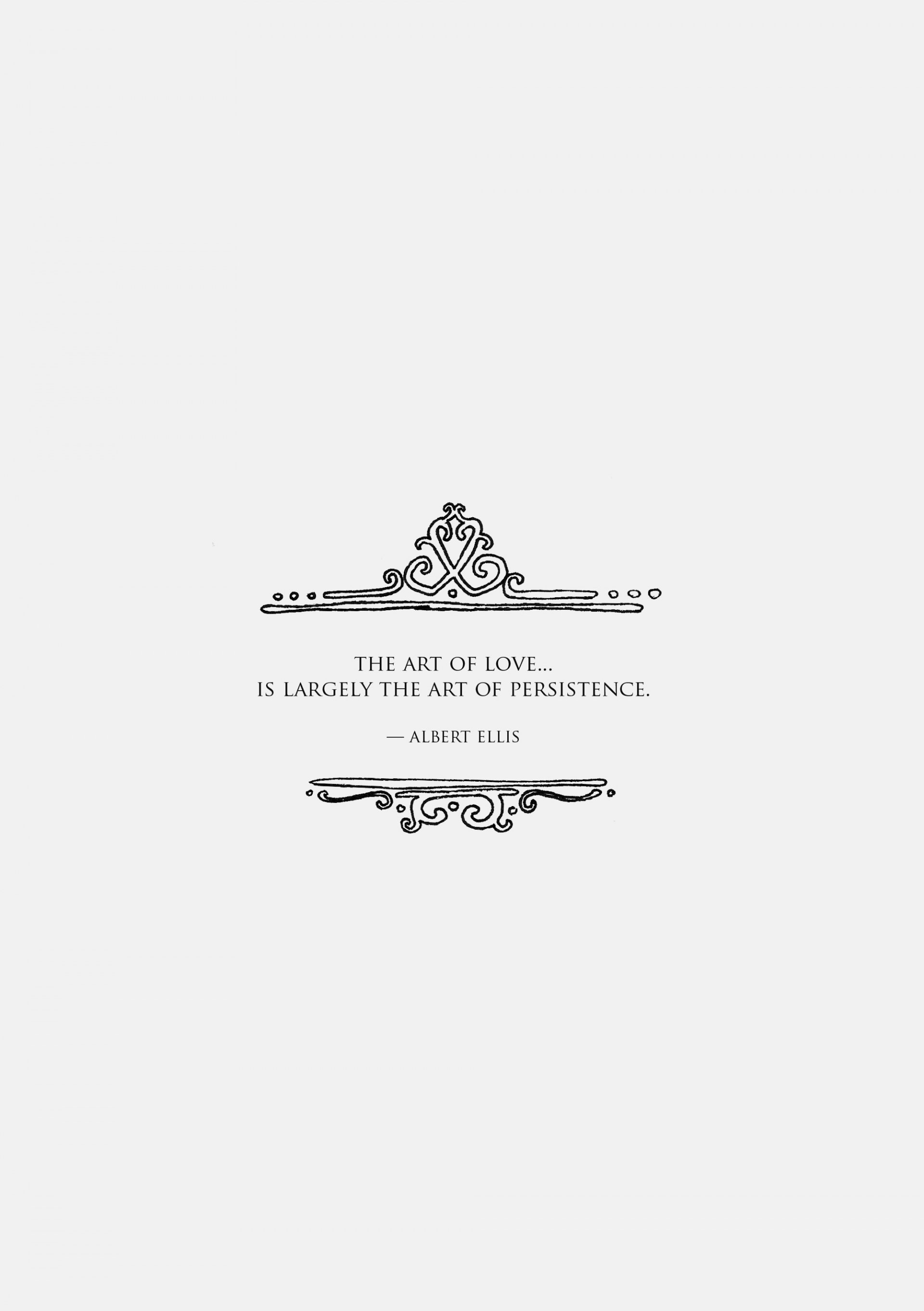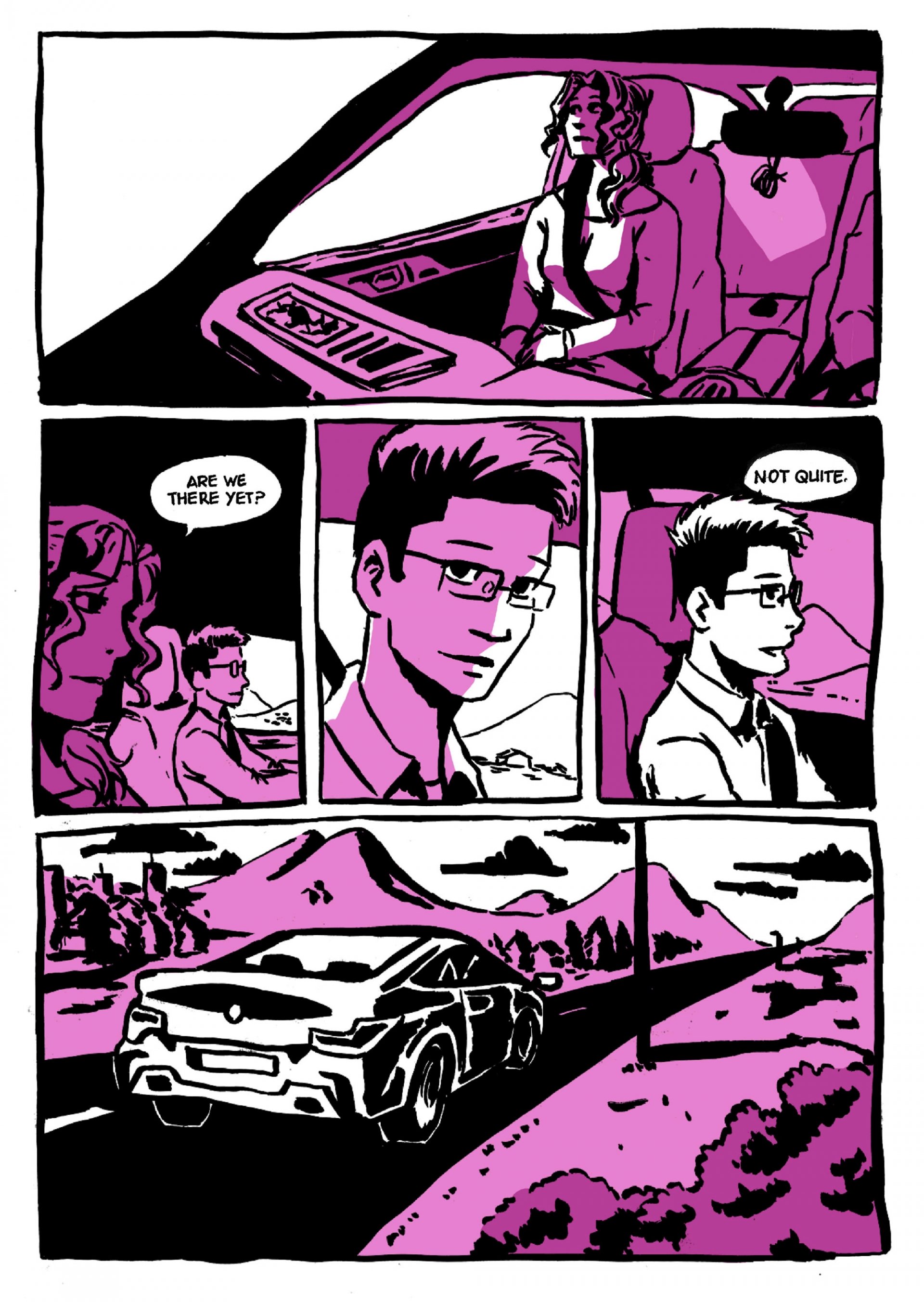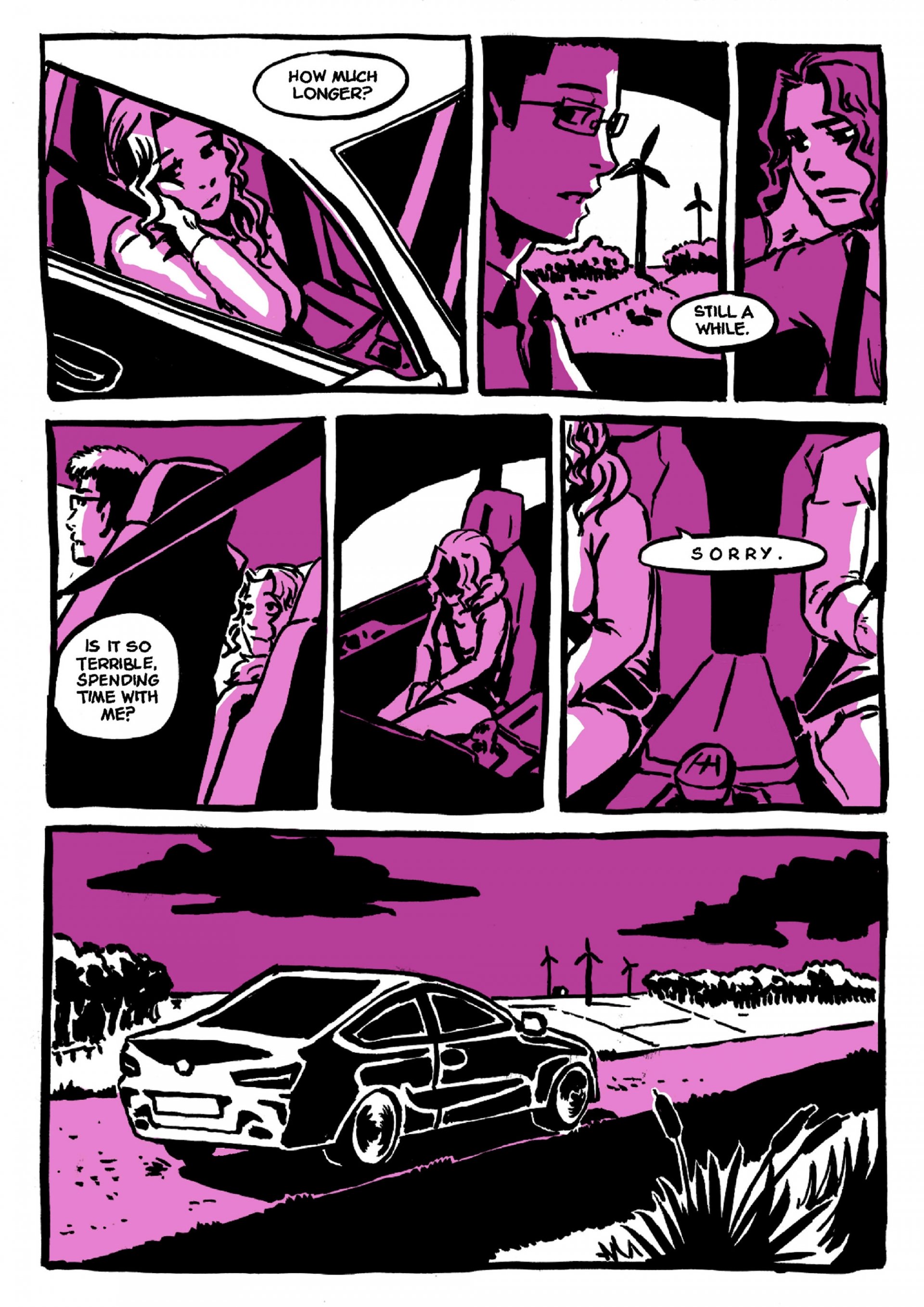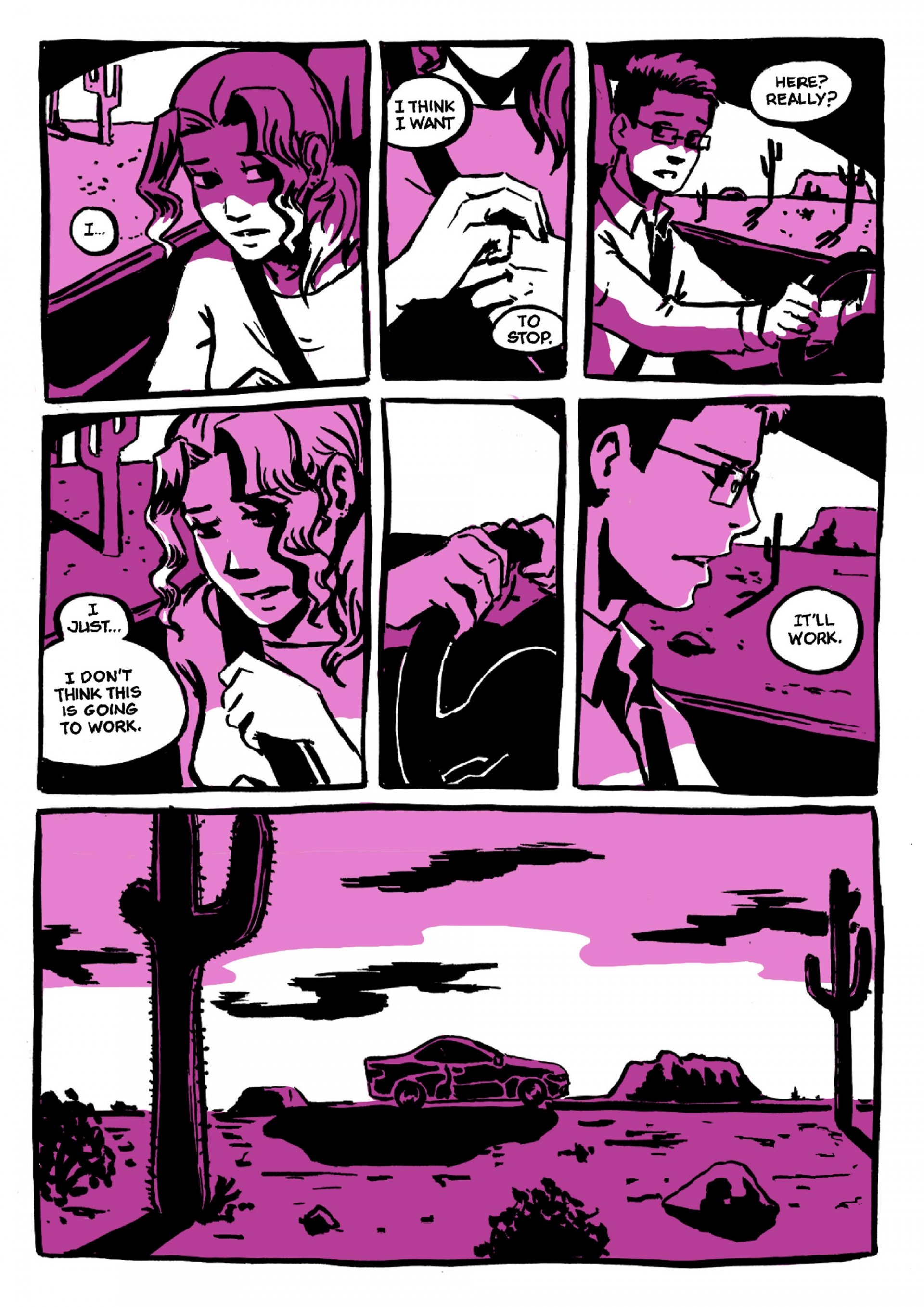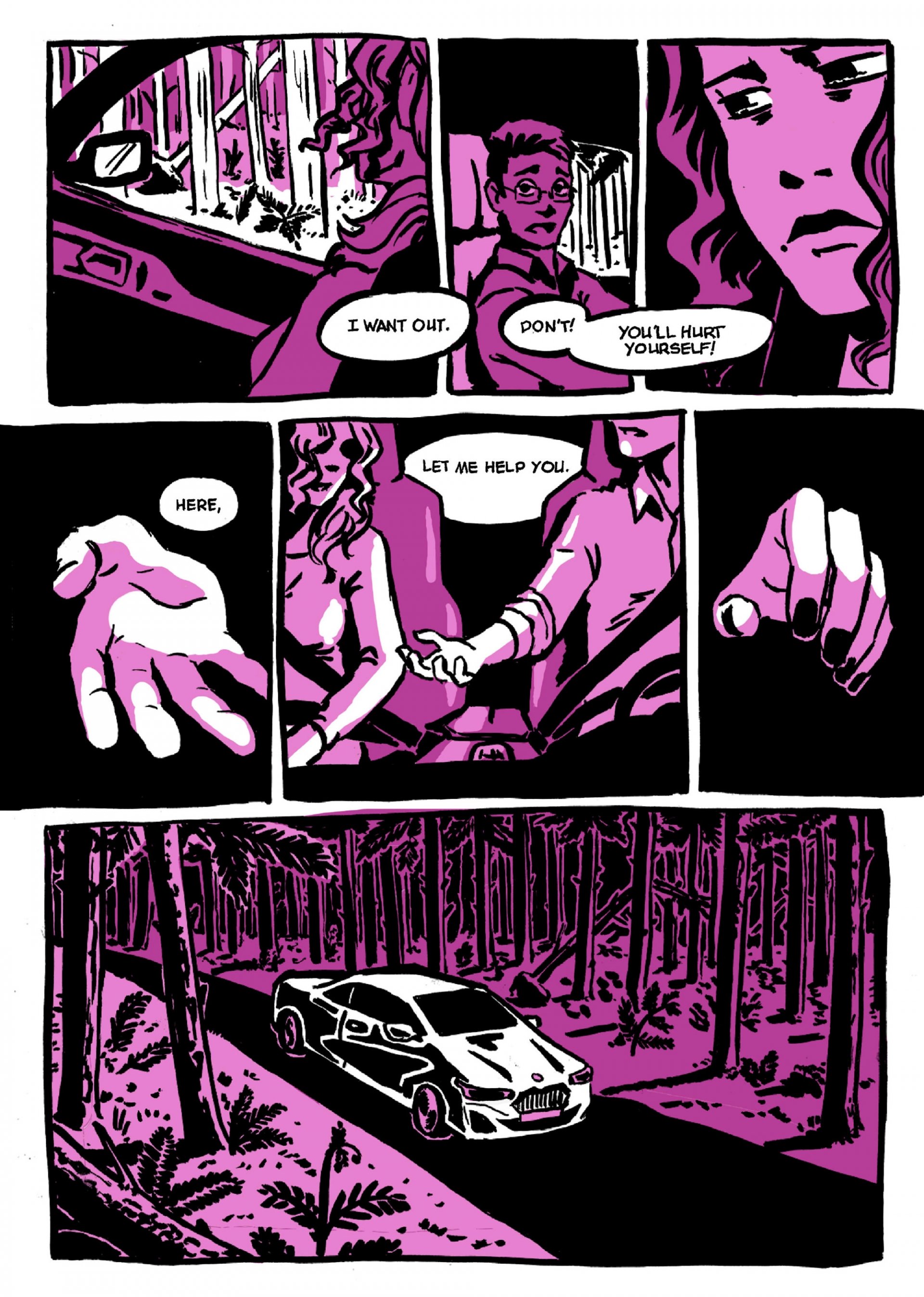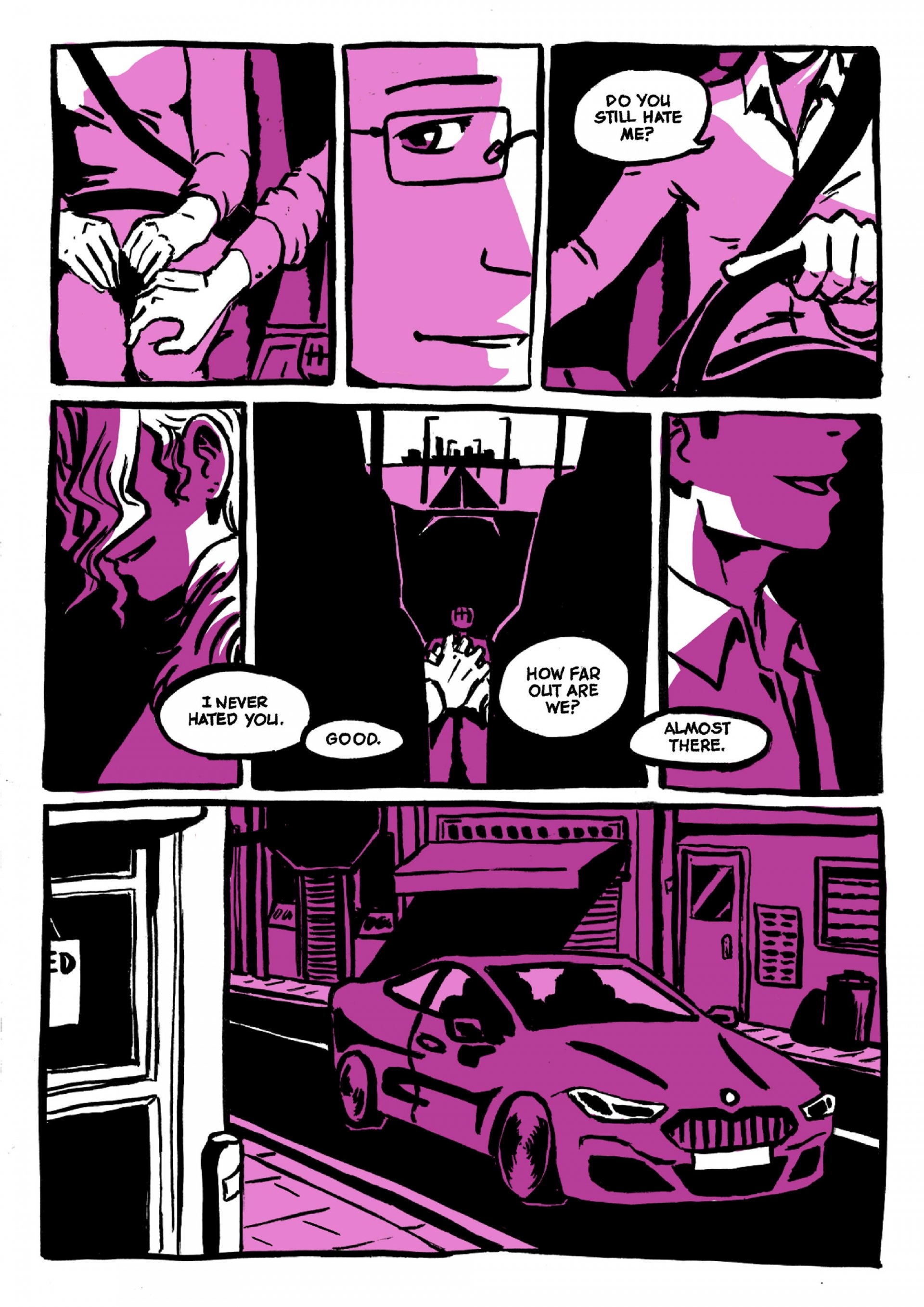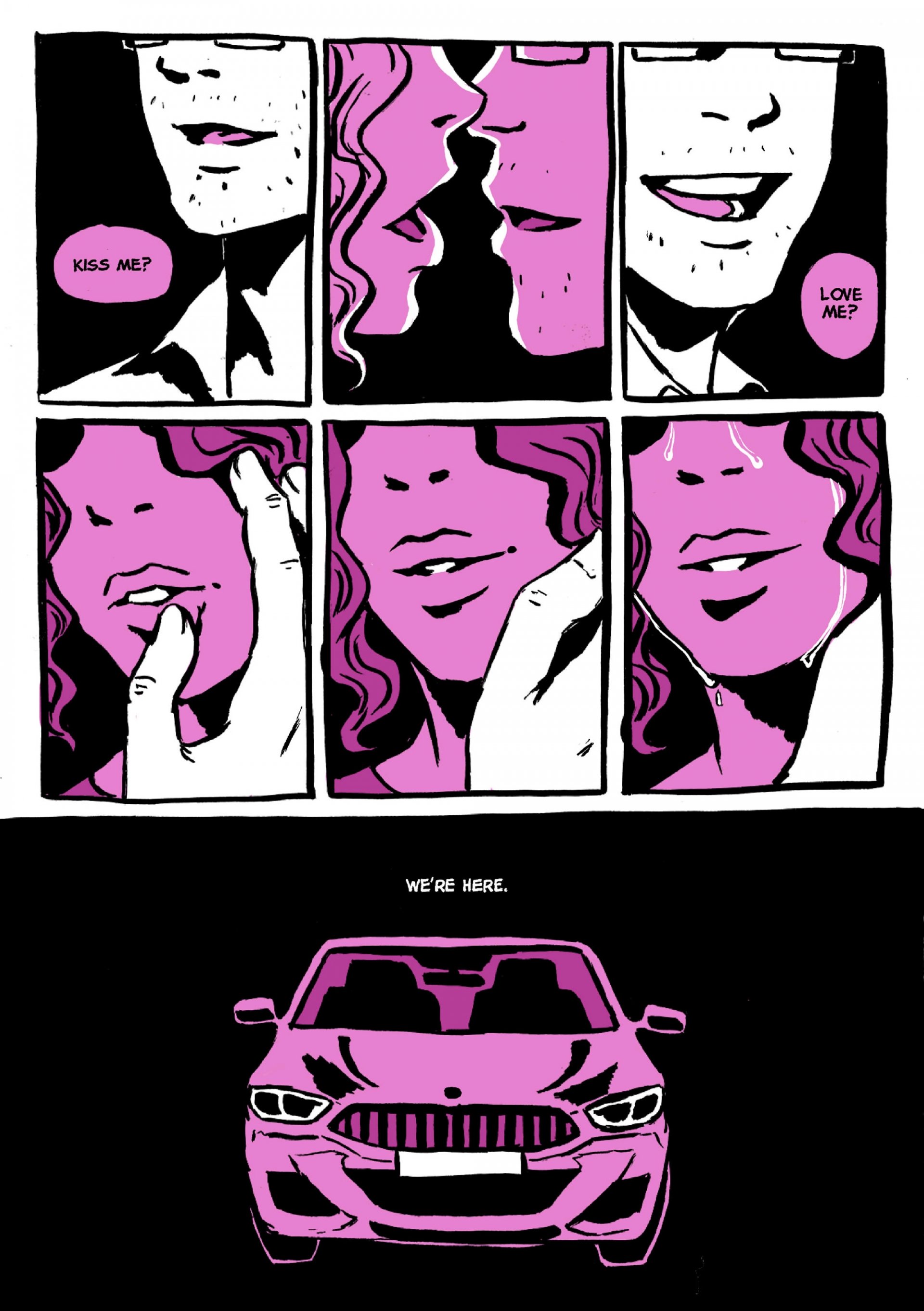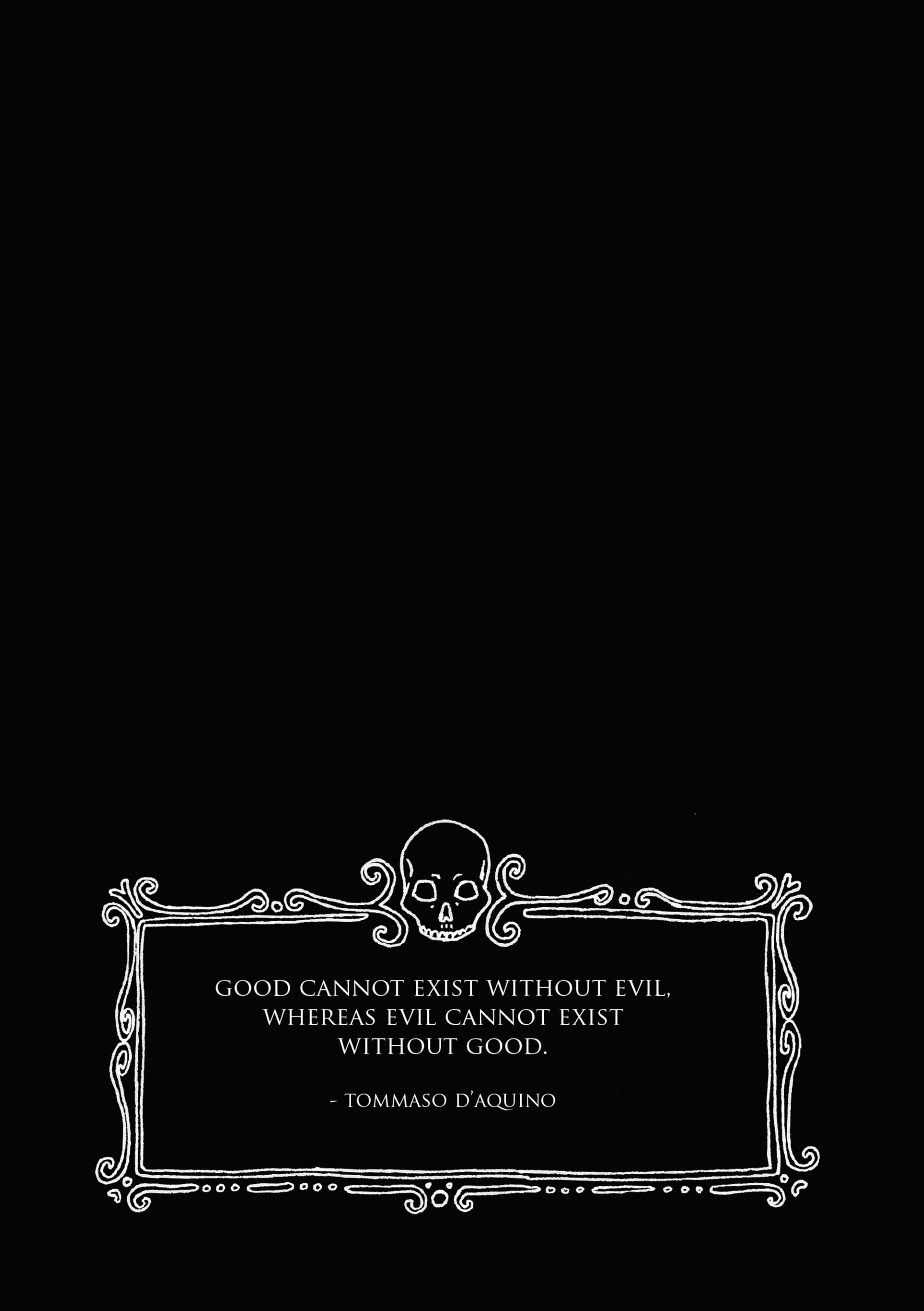Vision
VisionCartoonists are illustrators and storytellers. During the Comic Design course in Zwolle, the main focus is on telling a good story through drawings.
Growing popularity of the comic, graphic novel and manga genres
There is a revival underway in the appreciation of the comic genre. Comics are reviewed in quality newspapers and artists are discussed. This is partly explained by the popularity of the graphic novel, the literary comic as well as the creation of successful new genres, including journalistic comics, autobiographical comics and illustrative applications of the comic genre. No variety of comics will be left unexplored. This is why students will work on very different assignments in the course, including journalistic, autobiographical and poetic assignments.
Authorship: creating your own drawings
Drawing is the first step to being able to depict content – the honing of eye and hand as well as the development of your own style. An important source for storytelling is the artist’s personal view of the world. During the course, you will rely extensively on personal observation in order to gain artistic experience and explore how your observations can be used as the basis for stories. In addition, the programme Storytelling focuses on the construction and writing of stories. .
Professional cartoonist
Comic art is an artisanal craft, in which you learn to tell stories through a series of images. You learn to apply storytelling patterns and make these stories believable. You turn existing stories and work ideas into comics, journalistic items and informative products. In this role, you are both an author AND a professional artist. You will learn to use the professional process to produce comics. Within this process you will develop partial products, such as scenarios, characters and storyboards, which together, give your final product its form.
Drawing traditional and experimental cartoons
You will develop your own working method and style by exploring your options. You will be continually challenged to push your limits and find an authentic and innovative way to tell and depict stories. You will learn to experiment with different media, materials and techniques. There are techniques that are required in the professional process (including digital imaging and prepress solutions) as well as techniques and media that you will experiment with to explore new possibilities (e.g. film, photography, graphic techniques).
Collaboration
At Comic Design, our goal is to train specialists who are able to collaborate with others. In professional practice, comic artist tend to be strong interdisciplinary designers. They frequently change their medium (comics, illustration, posters, décor design, etc.) and work alternately as authors and on assignment. Collaborative projects carried out by different academic disciplines are characteristic of the entire programme.
Reflection
We feel that it is crucial that you are able to reflect on your own work, how it comes into being and the choices you make along the way. The creative process is nurtured by subjects which communicate knowledge about art, culture and professional practice and through which you learn to contemplate your role as a creator. After the course, you will know what stories you wish to tell and how you wish to tell them, how to create them and how you can reach your intended audience.

